| Author |
 Topic Topic  |
|
|
Orish
Member Nathrius
Poland
12 Posts |
 Posted - 27/08/2017 : 12:41:57 Posted - 27/08/2017 : 12:41:57



|
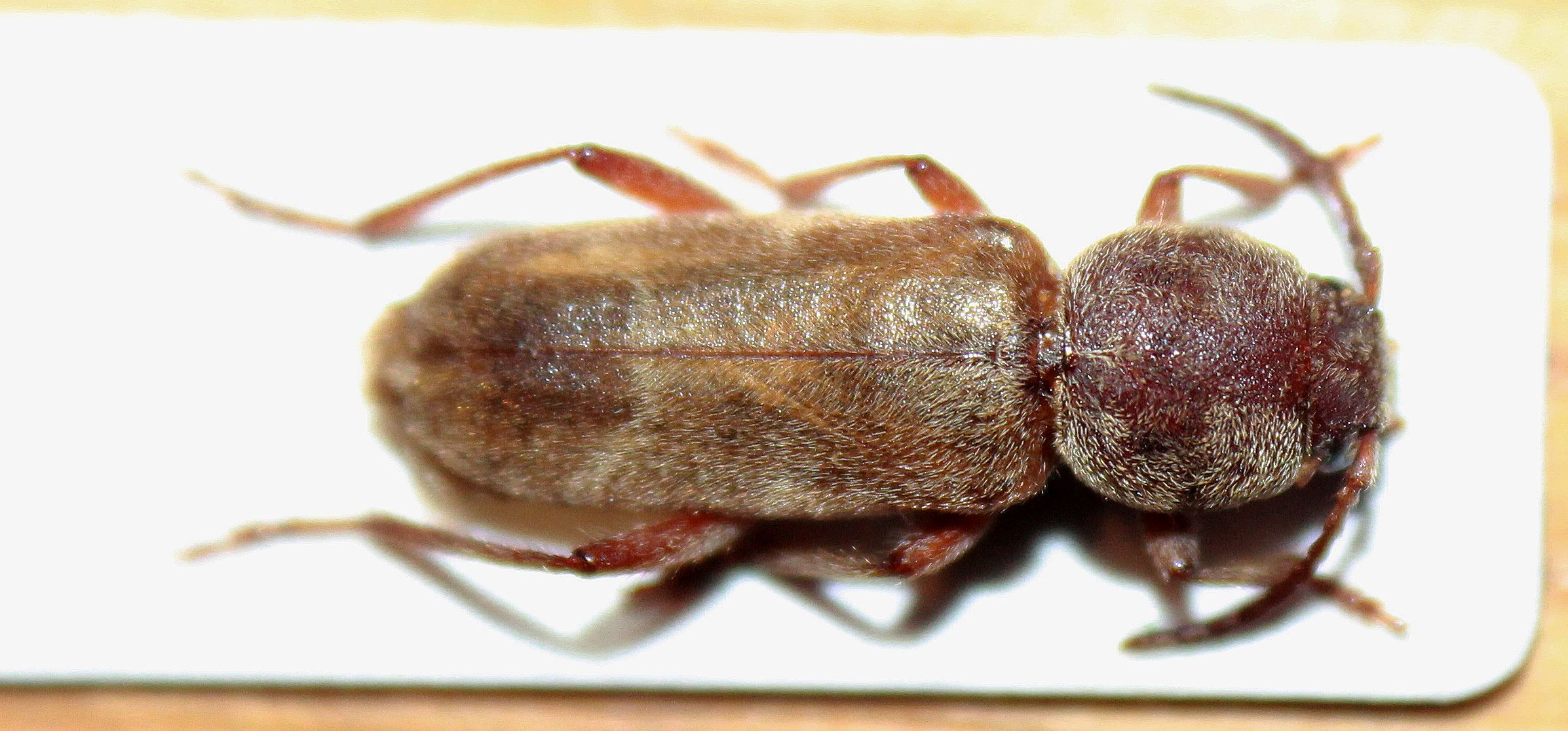
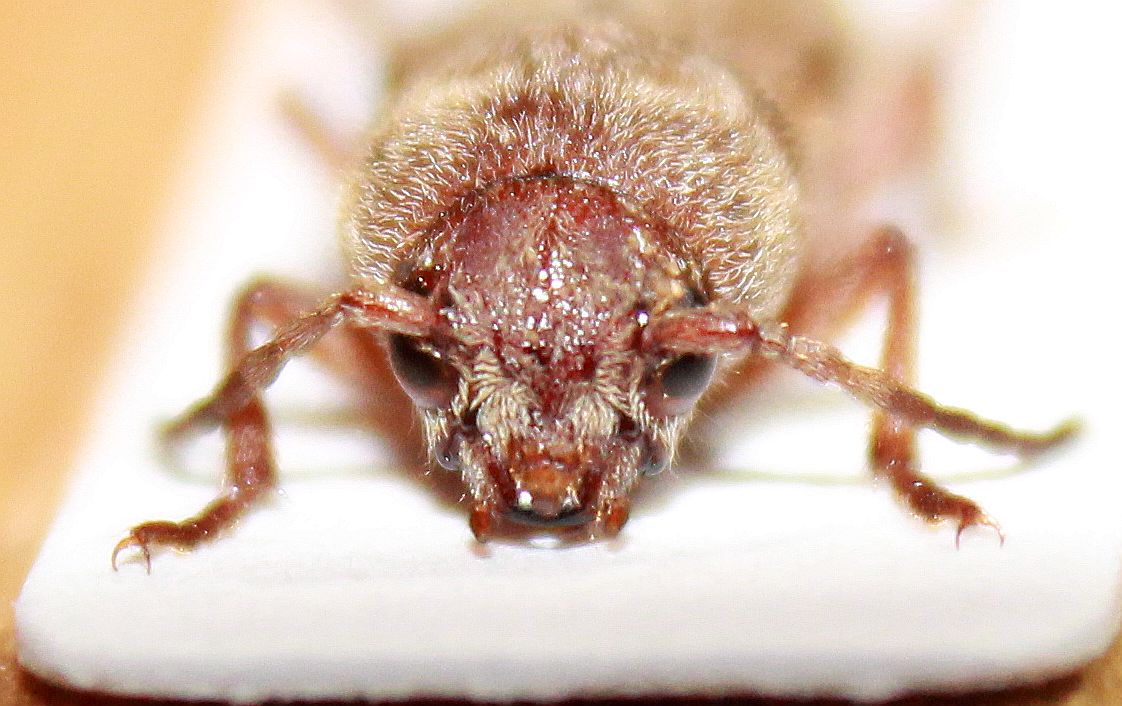 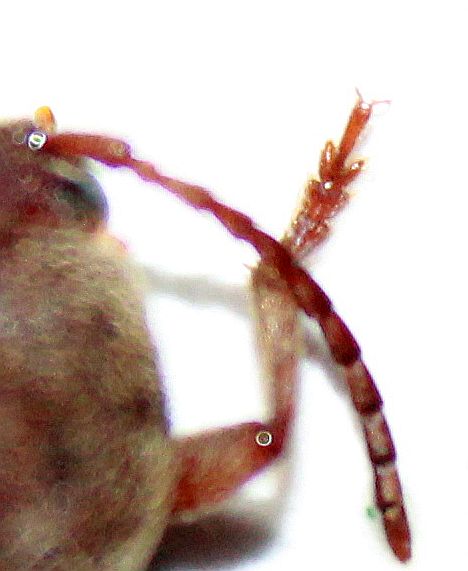
E Kazakhstan, Taskesken env., 15.06.2017, 627 m.a.s.l.
Hello,
this is my first post at this Forum. I have problem with determination of this specimen collected this year in east Kazakhstan. I am not sure if it is X. arnoldii arnoldii, X. medvedevi (it would be a new record for Kazakhstan) or some new. sp.
Looking on external habitus it seems to be more X. arnoldii but following the key (Shapovalov 2014) it is more X. mediedievi (eyes) in my opinion.
I would say it is X. arnoldii but most of the material it this subgenus is very poor, so I do not want to exlude new.sp. |
Edited by - Xavier on 15/01/2018 19:23:43 |
|
|
Max
Member Rosalia
  
Russia
737 Posts |
 Posted - 28/08/2017 : 00:52:55 Posted - 28/08/2017 : 00:52:55



|
It is male or female? I would agree with X. arnoldii.
Third protarsomere of HT X. medvedevi looks as one with more rounded lobes, but I have some doubts about importance of this feature.
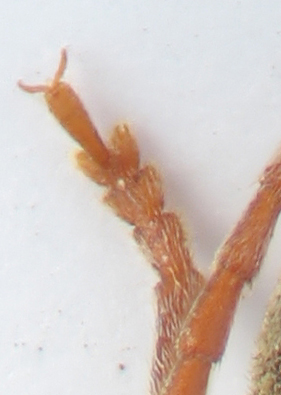
80.58†KB |
Edited by - Max on 28/08/2017 00:54:35 |
 |
|
|
Orish
Member Nathrius
Poland
12 Posts |
 Posted - 29/08/2017 : 13:18:03 Posted - 29/08/2017 : 13:18:03



|
I am not sure about the gender. It is not so easy in this genus. If we will not be able to determine this specimen for certain I am going to take out aedeagus/ovipositor to make sure (in case of male). I also set similar topic here.
Unfortunately, "tarsus feature" of X. arnoldii is not illustrated in the paper. |
Edited by - Orish on 29/08/2017 13:26:58 |
 |
|
|
Max
Member Rosalia
  
Russia
737 Posts |
 Posted - 29/08/2017 : 14:25:14 Posted - 29/08/2017 : 14:25:14



|
The gender should be determined directly after maceration for any exemplar. It's very useful action
In this case not so matter.. You right, very poor material.
quote:
Originally posted by Orish
Unfortunately, "tarsus feature" of X. arnoldii is not illustrated in the paper.
Here. (Bad resolution but another one is absent)
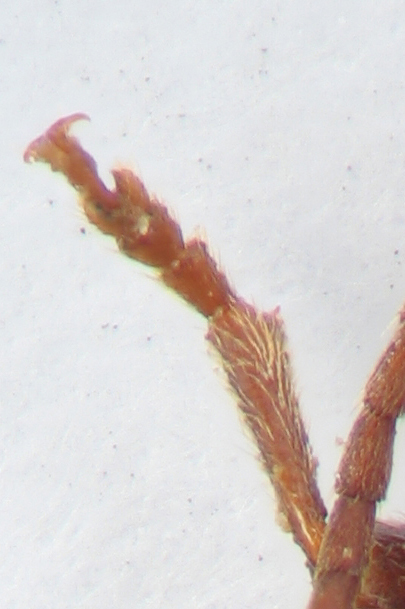
160.98†KB |
 |
|
|
Orish
Member Nathrius
Poland
12 Posts |
 Posted - 29/08/2017 : 21:50:00 Posted - 29/08/2017 : 21:50:00



|
quote:
The gender should be determined directly after maceration for any exemplar
I wrote imprecisely. I know that I will get know the gender after maceration in any case  I wanted to say that in case of male I should be able to determine the species since parameres of all representatives of subgen. Kostiniclytus have been illustrated in the paper. But in case of female this procedure would be useless. I wanted to say that in case of male I should be able to determine the species since parameres of all representatives of subgen. Kostiniclytus have been illustrated in the paper. But in case of female this procedure would be useless.
Regarding protarsomers. I assume that your first photo shows front leg of X. medvedevi and the second photo X. arnoldii?
If so, I think my specimen is quite diffrent.
X. medvedevi - rounded 3rd protarsomer lobe and 5th, "the longest one" (because 4th is hidden in Cerambycidae I guess) is longer or as long as 3rd and 2nd combined.
X. arnoldii - short, small and sharper 3rd protarsomer lobe and 5th shorter than 3rd and 2nd combined.
My specimen - 3rd sharp but long and 5th as long as 3rd and 2nd combined (second character like in case of X. medvedevi).
This is my assumption. Would you agree with it? |
Edited by - Orish on 30/08/2017 00:58:57 |
 |
|
|
Orish
Member Nathrius
Poland
12 Posts |
 Posted - 29/08/2017 : 22:05:16 Posted - 29/08/2017 : 22:05:16



|
X. arnoldii
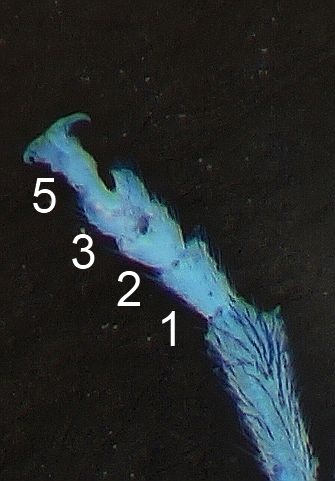
45.86†KB
X. medvedevi
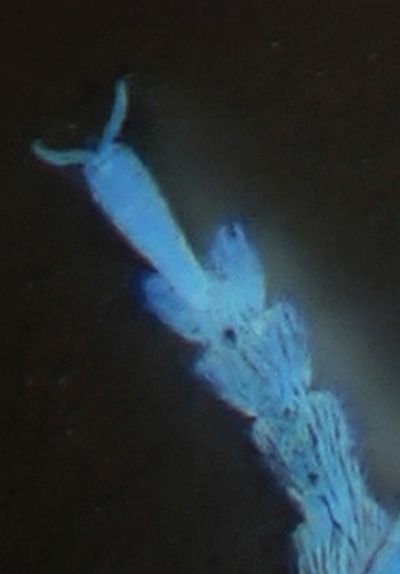
29.42†KB
My specimen Xylotrechus sp. (horizontal flip)
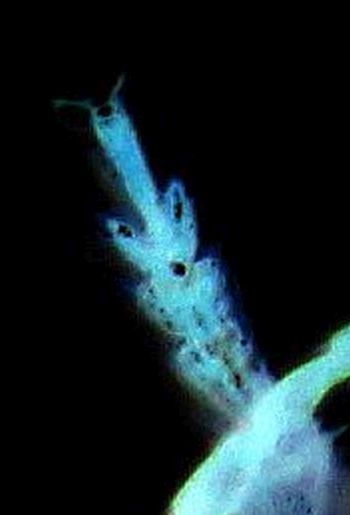
34.67†KB |
Edited by - Orish on 30/08/2017 00:58:22 |
 |
|
|
Max
Member Rosalia
  
Russia
737 Posts |
 Posted - 30/08/2017 : 00:19:48 Posted - 30/08/2017 : 00:19:48



|
"your first photo shows front leg of X. mediedievi and the second photo X. arnoldii?" -
Yes it is.
I agree, your beetle have a acute lobes of 3-protarsomere (like X. katerinae and X.volkovitchi males). I don`t know about a variability and value of this feature. Honestly, I don`t sure about X. medvedevi as good species. I can be wrong here but if the material limited to Types only - cannot say much for variability. Very good beetle, it is pity that so few of them. |
 |
|
|
Jacek Kurzawa
Member Nathrius
Poland
35 Posts |
 Posted - 10/10/2017 : 12:24:01 Posted - 10/10/2017 : 12:24:01




|
Hi,quote:
Originally posted by Max
It is male or female?
Originally posted by Orish
I am not sure about the gender. It is not so easy in this genus.
This is easy. Male and female are good recognizable on the base look on pronotum and head. Dimorphismus in sgen. Kostiniclytus is clear.
Specimen showed in the photos (to determination) is male.
quote:
Originally posted by Max
The gender should be determined directly after maceration for any exemplar.
It is obvious that in abdomen will be gender organs, but for sex determination maceration isnít necessary in this case.
Construction of last sternites male and female is different. In this case, first looks on habitus (pronotum and head) give quick answer. Second look from lateral side for tergites VI and VII will confirmed it. |
 |
|
|
Orish
Member Nathrius
Poland
12 Posts |
|
|
Xavier
Scientific Collaborator
    
France
12538 Posts |
 Posted - 15/01/2018 : 16:51:59 Posted - 15/01/2018 : 16:51:59



|
If I understand well, the picture above is the holotype of Xylotrechus (Kostiniclytus) alakolensis Karpinski & Szczepanski, 2018.
Congratulations  |
Edited by - Xavier on 15/01/2018 16:52:45 |
 |
|
|
Orish
Member Nathrius
Poland
12 Posts |
 Posted - 15/01/2018 : 19:04:49 Posted - 15/01/2018 : 19:04:49



|
quote:
If I understand well, the picture above is the holotype of Xylotrechus (Kostiniclytus) alakolensis Karpinski & Szczepanski, 2018.
That's right. And thanks! 
Here, it's a better picture of the holotype:
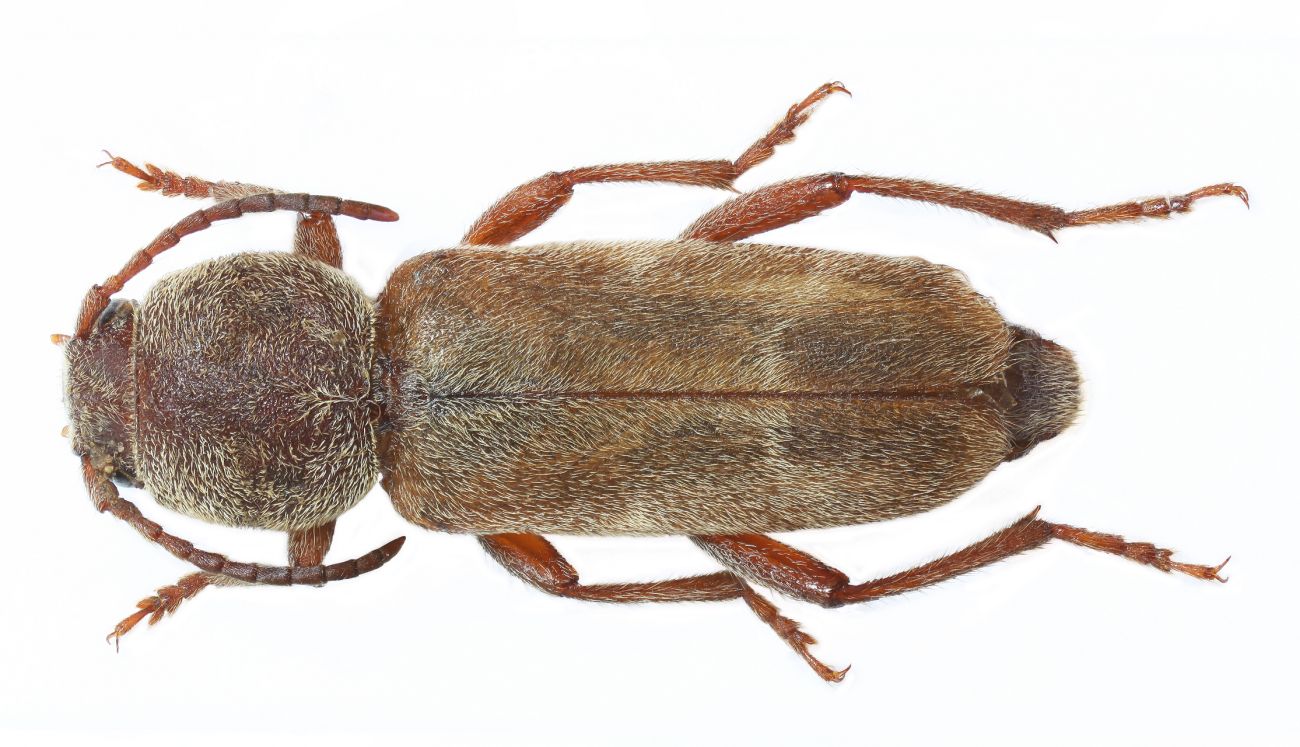
164.47†KB
You can move it to the first post if needed. |
 |
|
| |
 Topic Topic  |
|


